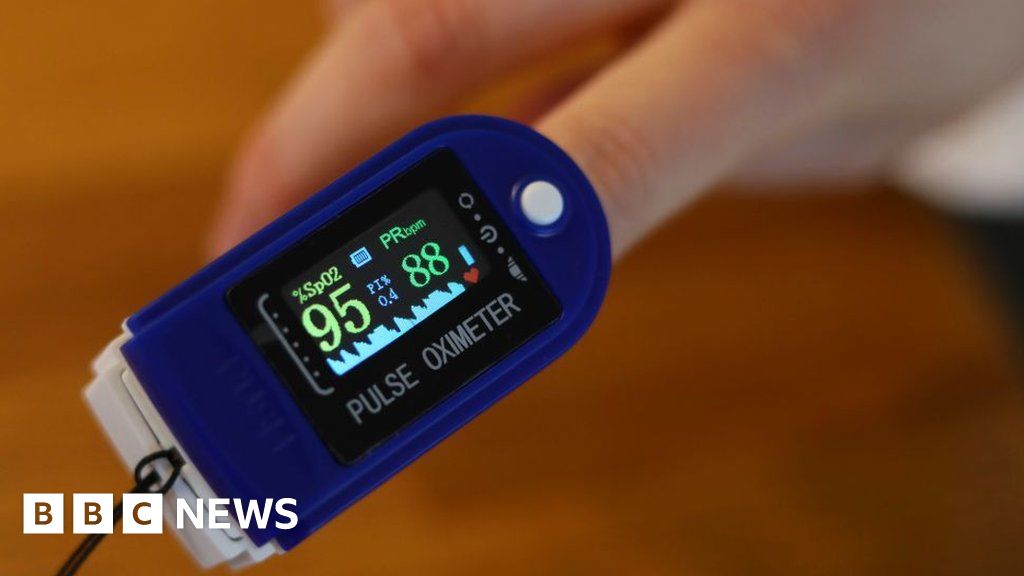Only a very small difference of mean glucose level was achieved between the treatment and the control group 057 mmolL and the percentage of patients who reached the. Blood glucose is often elevated in acute stroke and higher admission glucose levels are associated with larger lesions greater mortality and poorer functional outcome.
Plos One Elevated Fasting Blood Glucose Is Predictive Of Poor Outcome In Non Diabetic Stroke Patients A Sub Group Analysis Of Smart
In patients treated with thrombolysis hyperglycemia is associated with an increased risk of hemorrhagic transformation of infarcts.
Blood sugar stroke level. Measuring blood glucose directly with a finger prick glucometer or a blood draw at your doctors office lets you know your blood sugar at that moment while the A1c value you get provides an estimate of your average blood sugar levels over the past 3. Not only low glucose levels but elevated glucose levels also can lead to serious health complications for example diabetes and stroke. Hyperglycemia was defined as a glucose level 180 mgdL and managed by short-acting insulin in cases that exceeded 200 mgdL according to our stroke protocol.
High levels of sugar in your blood can damage your blood vessels making them stiff and narrowed. The blood pressure goal for. Abnormal glucose levels will lead to neurological changes that can imitate neuro changes associated with acute ischemic stroke.
The mechanisms that underlie this deleterious effect of dysglycemia on ischemic neuronal tissue remain to be established although in vitro research. If your blood pressure gets too high it makes your heart work too hard. Over 40 percent of these stroke patents had high blood sugar levels.
A period of hyperglycemia is common with elevated blood glucose in the periinfarct period consistently linked with poor outcome in patients with and without diabetes. Associations between blood glucose and outcome are also apparent for acute stroke. The study had some major limitations that could solely explain the ineffectiveness of the IIT in acute stroke.
Blood pressure is the force of your blood against the wall of your blood vessels. Demonstrated a rise in median blood glucose level from 59 mmolL at 25 h to 62 mmolL at 6 h poststroke 18. High blood glucose levels lead to more hemoglobin being glycated.
Hyperglycemia or high levels of glucose is common in patients with acute ischemic stroke and is associated with worse outcomes compared with normal blood sugar levels. Measuring your A1C is an alternative to measuring fasting blood glucose. Between 40 to 54 mmolL 72 to 99 mgdL when fasting Up to 78 mmolL 140 mgdL 2 hours after eating.
The prevalence of hyperglycemia defined as blood glucose level 60 mmolL 108 mgdL has been observed in two thirds of all ischemic stroke subtypes on admission and in at least 50 in each subtype including lacunar strokes1 Extensive experimental evidence in stroke models supports that hyperglycemia has adverse effects on tissue outcome and an association between. Normal and diabetic blood sugar ranges For the majority of healthy individuals normal blood sugar levels are as follows. 1 Extensive experimental evidence in stroke models.
Although this was a retrospective study in our acute stroke protocol blood glucose was measured every 68 hours at least 46 times during the first 24 hours after admission. Therefore when a patient has low or too high glucose levels it can be hard to identify for sure that the patient is actually having a stroke and. If serious fluctuations in the levels of blood sugar are not treated promptly they can prove to be fatal.
Elevated blood glucose is common in the early phase of stroke. Stroke experts have debated whether intensive glucose management after acute ischemic stroke leads to better. Indeed poststroke hyperglycaemia is a frequent phenomenon with up to 50 of the patients having an initial blood glucose of above 6070 mmolL 19.
Glucose in blood is commonly known as blood sugar. Having diabetes almost doubles your risk of stroke. Animal studies also pointed to an effect of high blood sugar in worsening stroke injury.
The death of brain neurons occurs along with other permanent brain. For a number of years tight glycemic control has been regarded as beneficial in critically. The prevalence of hyperglycemia defined as blood glucose level 60 mmolL 108 mgdL has been observed in two thirds of all ischemic stroke subtypes on admission and in at least 50 in each subtype including lacunar strokes.
Blood Glucose 50 or 400 Why would patients with abnormal glucose levels meet the exclusion criteria for tPA administration. When you eat food particularly those foods that are high in carbohydrates like bread potatoes or pasta your blood sugar will immediately begin to rise. Blood sugar levels fluctuate all day long.
Although most had previous diagnoses of diabetes they did not have their blood sugar levels under control. Furthermore the median time for treatment was nearly 14 hours. When glucose levels fall below 18 mgdL a failure of brain energy can occur which is confirmed with an electroencephalogram or EEG test to measure electrical activity in the brain.
High blood pressure can cause a heart attack or stroke and damage your kidneys and eyes. Your blood sugar level changes depending on what youve eaten whether youve exercised and other factors more on that later but we have some general guidelines to determine.


